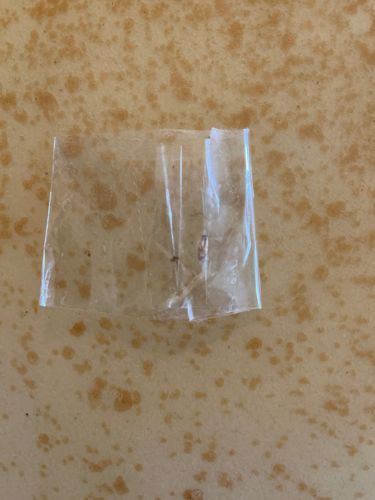Flea
Scientific Name: Siphonaptera (order); examples: Ctenocephalides felis (cat flea), Pulex irritans (human flea)
Order & Family: Order: Siphonaptera; Family: Pulicidae (most common family)
Size: 1.5 mm to 3.3 mm (0.06 to 0.13 inches)

Natural Habitat
Fleas primarily live on the skin of their hosts (mammals and birds), but their eggs, larvae, and pupae are often found in carpets, bedding, cracks in floors, and soil where hosts rest. They thrive in warm, humid environments.
Diet & Feeding
Adult fleas are obligate hematophagous parasites, meaning they feed exclusively on the blood of their hosts. Larvae feed on organic debris, including adult flea feces that contain undigested blood.
Behavior Patterns
Fleas are wingless insects known for their ability to jump long distances relative to their size, allowing them to easily transfer between hosts. They have a four-stage life cycle: egg, larva, pupa, and adult. The pupal stage can remain dormant for extended periods, emerging as adults when vibrations or warmth indicate a potential host is near. They reproduce rapidly, with females laying many eggs after a blood meal.
Risks & Benefits
Potential Risks: Fleas can cause intense itching, skin irritation, and allergic reactions (flea allergy dermatitis) in humans and pets. They can also transmit diseases, including plague (Yersinia pestis, historically significant), murine typhus, and act as intermediate hosts for tapeworms (e.g., Dipylidium caninum). Potential Benefits: In some ecosystems, they contribute to the food chain as a food source for other arthropods, though this is overshadowed by their parasitic nature and disease transmission capabilities relative to humans and pets.
Identified on: 9/9/2025